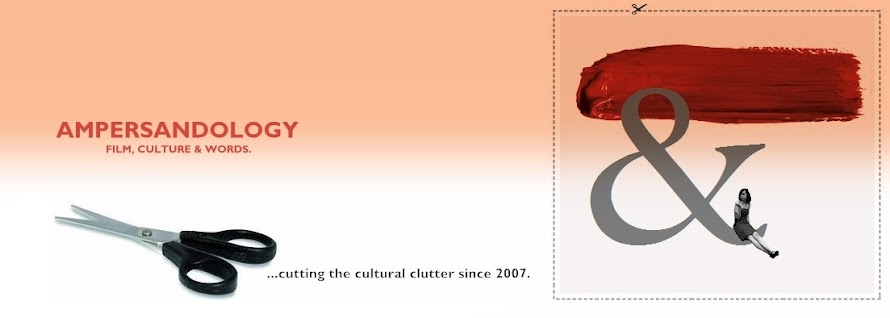In the most delicious turn of events, the modern ampersand is the product of many centuries of evolution—in other words, an unholy corruption of its hard-working ancestors. Derived from the Latin and ,‘et’, the letters began their life as separate lovers. They lived in different parts of town, kept their own place, had their separate hobbies. It was great. But over time, they got closer and closer until, in the immortal words of the Spice Girls, two became one.

Actual usage of the ampersand varies across languages. English and French condone the use of the ampersand as a substitute for and, but I think it’s reached the point when it’s most generally accepted either in design or as the in-text bridge between a pair (eg. Gilbert & Sullivan). The Germans only condone it in formal and corporate titles--it is VERBOTEN in running text.
*
You might say I spend too much time looking this stuff up; my counter would be a triumphant chuckle as I insisted I already knew it, hence required no research. Then, as I realized the implications of my rebuttal, my victorious smile would darken, and my head would droop ever so slightly, and I would finally put a name to the feeling that haunted my days: it is shame. Never has a victory felt so like a defeat.
Thanks Adobe, for indulging my geekiest sounds.



No comments:
Post a Comment